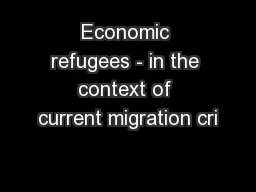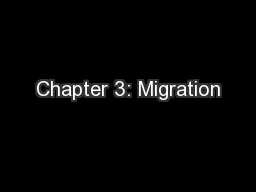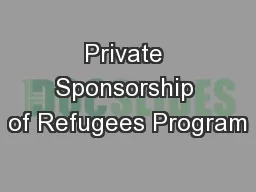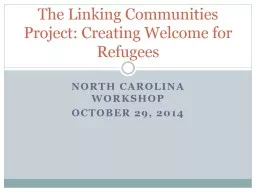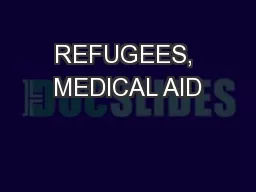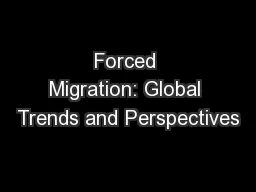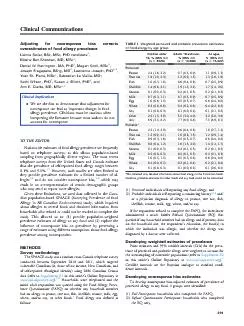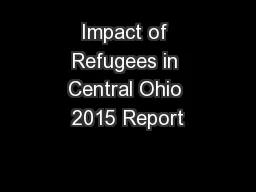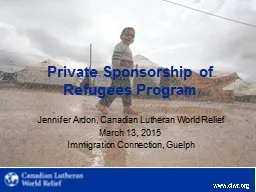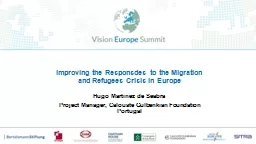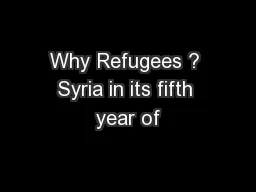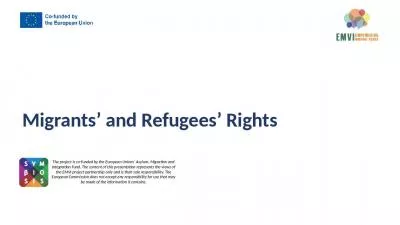PPT-Economic refugees - in the context of current migration cri
Author : cheryl-pisano | Published Date : 2017-09-26
EU Part 2 Agnieszka Piekutowska Faculty of Economics and Management University of Bialystok 3 Economic refugees in the European Union in the background of migration
Presentation Embed Code
Download Presentation
Download Presentation The PPT/PDF document "Economic refugees - in the context of cu..." is the property of its rightful owner. Permission is granted to download and print the materials on this website for personal, non-commercial use only, and to display it on your personal computer provided you do not modify the materials and that you retain all copyright notices contained in the materials. By downloading content from our website, you accept the terms of this agreement.
Economic refugees - in the context of current migration cri: Transcript
Download Rules Of Document
"Economic refugees - in the context of current migration cri"The content belongs to its owner. You may download and print it for personal use, without modification, and keep all copyright notices. By downloading, you agree to these terms.
Related Documents

